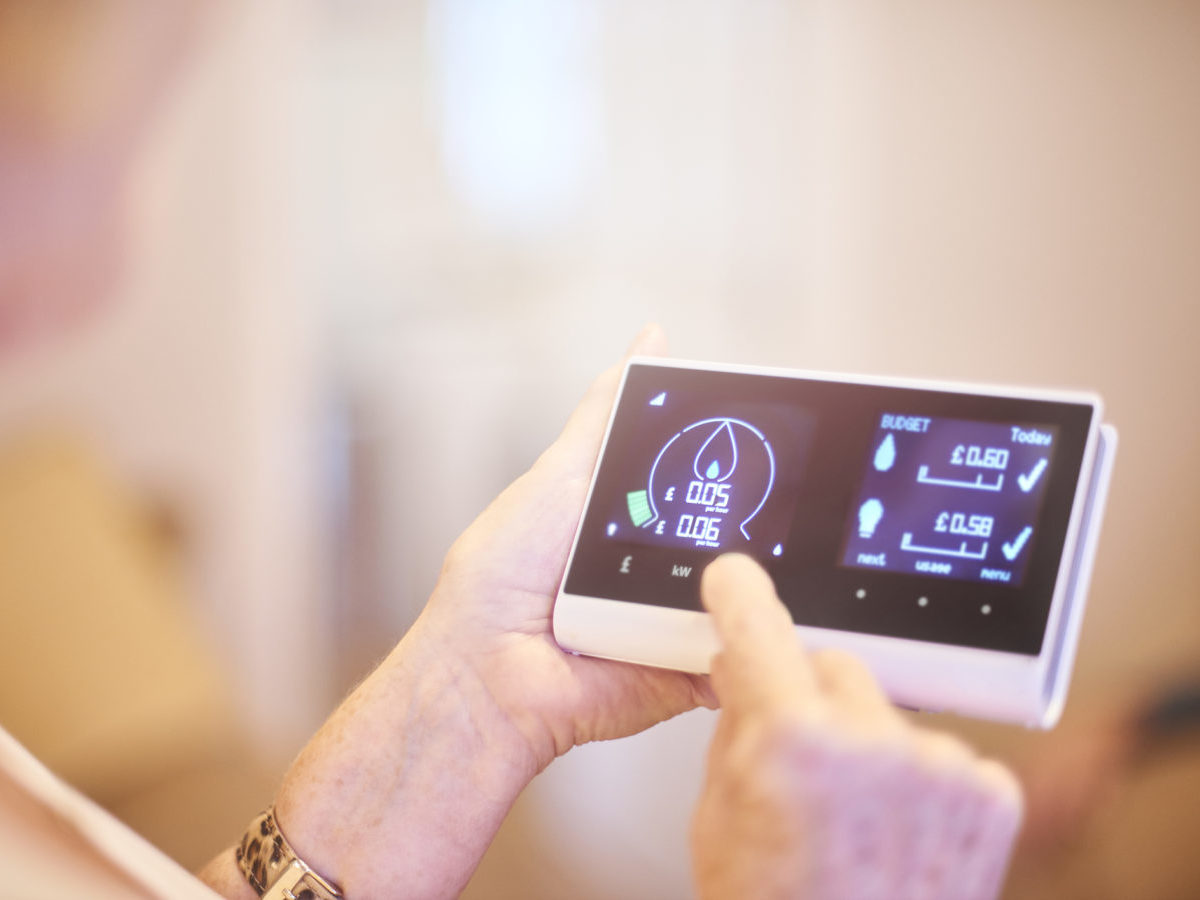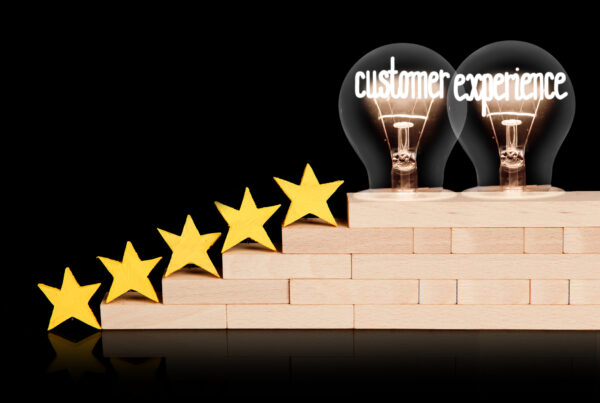
Many utilities have invested in Advanced Metering Infrastructure (AMI). Now, they are looking at areas such as dynamic rates to increase returns on those investments.
The comedian Groucho Marx famously asked “Will it play in Peoria?” His vaudeville-era tour as a comedian included this small Illinois town which came to represent a place to test out whether “anytown USA” audiences would respond favorably to something new.
As it was back in the days of Groucho Marx, parts of Illinois again represent a sort of test market—this time for utilization of Advanced Metering Infrastructure (AMI) related data. Why? Because Illinois is at the forefront, when it comes to introduction of opt-in residential dynamic rates with real-time pricing and demand charges. And the ability maximize potential benefits of diverse dynamic pricing programs pivots on utilization of AMI data, as well as the future success of efforts to better engage with the utility “audience,” whether residential, commercial, or industrial.
These programs enable utility customers to reduce their monthly bill by exercising wiser, more well-informed choices regarding their electricity usage. But utilities also enjoy a wide range of benefits, including reduction in capital expenditures and reductions in outage length, severity, and time to restoration.
Commonwealth Edison (ComED) has a program called The Power of Peak, which allows residential electric customers to participate in real-time pricing programs. The utility’s system is detailed in its video ComEd The Power of Peak Time Savings. It provides customers personalized energy reports detailing how and when they use energy in their homes.

The type of rate structure introduced by ComEd was given the top rating of “transformative” in a June 2017 Scott Madden report, “DERS are Coming and Illinois is Ready for Them.” The Scott Madden report was written in partnership with SEPA, and also gives top scores for programs that “provide access to anonymous usage data to 3rd parties.” In addition, several key samples of ComEd’s program are provided, including this synopsis of ComEd’s HomeBeat energy monitor:
“The HomeBeat energy monitor connects directly to the smart meter and provides real-time energy usage data to the Bidgely cloud. The information is analyzed in near-real-time to provide appliance-level energy use to the participant through the Bidgely web and mobile platform. The technology also allows ComEd to provide real-time energy insights, such as high-usage alerts via mobile push notification within minutes of use.”
Snapshot of AMI-Driven Customer Engagement Programs
Illinois is representative of areas of good progress in relation to AMI, but it is also representative of how much untapped potential remains for realizing additional customer-related benefits from AMI data.
On the positive side, ComEd was among the top handful of utilities who contributed to the overall increase in customer participation in dynamic pricing programs. Nationwide, the number of customers enrolled in any type of dynamic pricing program increased 5% from 2015 to 2016, with 8 million metered customers enrolled now enrolled in such programs across the electric utilities reporting this data to EIA. Other utilities who reported the most growth in these programs between 2015 and 2016 include San Diego Gas & Electric, Southern California Edison, and Baltimore Gas & Electric. (January 2017 was, according to the latest update available as of February 2018, the last month in which the EIA collected data on Advanced Metering.)
On the negative side, the growth rates are mostly in the single digit percentages. In fact, fully 80% of the above-mentioned 5% increase was from the four utilities mentioned (ComEd, SDG&E, SoCalEd and BGE). (And for the curious reader, in the Ameren service territory serving Peoria, Illinois, while participation in dynamic pricing programs doubled, it went from 1% of Ameren’s 1.2 million customers, to 2%, with the 2016 figure of 21,975 customers now participating.)
Ironically, a lot of the residential customers who are not participating in these dynamic pricing programs could be enjoying a significant decrease in their electric bills, with little need to change their electricity usage patterns, given the high value of reducing peak demand just a few times per year. So the ability to utilize more detailed customer segmentation data to better market these programs is a key area in need of improvement, as is the need to provide customers with confidence about the confidentiality and anonymity of data about their individual electricity usage patterns.
Key programs involving other uses of AMI data include Home Energy Networks, Daily Digital Access, and Direct Load Control, as well as other customer engagement related technologies such as Demand Response and Energy Efficiency programs. Because it also tells us about the progress of uptake of these other AMI data-driven programs for customer engagement , there is a lot more to be gleaned from additional data from the U.S. Energy Information Administration’s annual EIA 861 survey.
But when we view the latest trends for these other programs, it again a “good news / bad news” story based on significant unrealized up-side potential, much of which depends on deployment of new advanced analytics capabilities and related customer data trends and models.
The current benefits realization levels for Home Energy Networks, Digital Access and Direct Load Control are a fraction of the levels to be realized in the future. And much of the upside will require enabling an AMI-driven ecosystem of marketing strategies relying upon greater individualization of offerings based on actual, rather than hypothetical, customer needs.
Based on recent data from the Energy Information Administration (EIA) for approximately 2,300 U.S. utilities, we find the following:
| Total Numbers of Meters | Number Advanced Meters | Customers with Daily Digital Access** | Number Home Area Network** | Customers with Direct Load Control** | |
| 2016 Total | 151,332,419 | 70,823,466 | 42,219,033 | 8,050,526 | 4,743,662 |
| 2015 Total | 150,813,765 | 64,743,832 | 37,576,808 | 6,412,407 | 4,028,089 |
| Growth (%) | 0.3% | 9% | 12% | 26% | 18% |
(** See glossary below for additional information on the U.S. Energy Information Administration terminology for its annual EIA 861 survey.)
The potential for revolutionary changes in electricity markets is evident, given these double-digit increases in U.S. electric utility customer participation in programs involving Home Energy Networks, Daily Digital Access, and Direct Load Control.

Source: EIA 861 survey of U.S. electric utilities
Utilities moving to fuller realization of AMI’s insights and cost-saving innovations are also optimizing their data policies and their segmentation-based market outreach.
Rules for bundling customer data and making it anonymous have been enacted in a number of states and provide a foundation for more robust markets based on greater uptake and benefits realization from real-time pricing.
Along with initiatives regarding customer data anonymity in Illinois, the states of New York and California are also noteworthy for their progress. As reported by Elevate Energy in its report “Aggregated Data Access: The 15/15 Rule in Illinois and Beyond,” privacy standards have been enacted in various states to facilitate aggregation of usage data for benchmarking purposes.
Such benchmarking can then be done by third parties, and can play a very positive role in helping build the type of market infrastructure which will enable better uptake of more valuable data-driven customer engagement programs.
The Elevate Energy explains that the rule is “often referred to as a ‘15/15 Rule,’ the privacy standard requires that aggregated data include a minimum of 15 customers with no one customer’s load exceeding 15 percent of the group’s energy consumption.” The report describes initiatives along similar lines by the CPUC in California, and commissions in Illinois and Minnesota and Colorado. In addition, along similar lines, a similar Plan NYC benchmarking initiative is underway in New York involving aggregation of whole building data and related efforts, which are of particular value in multi-tenant buildings.
Appendix
** The EIA data and related definitions for dynamic pricing programs are shown below, and include five subcategories:
- Time-of-Use Pricing
- Real Time Pricing
- Variable Peak Pricing
- Critical Peak Pricing
- Critical Peak Rebate
Dynamic pricing programs (also known as time-based rate programs) are designed to modify patterns of electricity usage, including the timing and level of electricity demand. Report those customers that are enrolled in the program and are billed accordingly whether or not they are active participants. For each state, balancing authority, and customer sector, report the number of customers enrolled in dynamic pricing programs.
Real Time Pricing (RTP) is a program of rate and price structure in which the retail price for electricity typically fluctuates hourly or more often, to reflect changes in the wholesale price of electricity on either a day-ahead or hour-ahead basis.
Time of Use Prices (TOU) is a program in which customers pay different prices at different times of the day. On-peak prices are higher and off-peak prices are lower than a “standard” rate. Price schedule is fixed and predefined, based on season, day of week, and time of day.
Daily Digital Access references the number of customers able to access daily energy usage through a web portal or other electronic means.
Installed AMI with home area network (HAN) gateway enabled are reported as a subset of AMI. In this case, a HAN consists of software and hardware components residing within an AMI meter that permits the meter to communicate with devices within a customer’s premises.
Direct Load Control: A demand response activity by which the program sponsor remotely shuts down or cycles a customer’s electrical equipment (e.g. air conditioner, water heater) on short notice. Direct load control programs are primarily offered to residential or small commercial customers. Also known as direct control load management.













